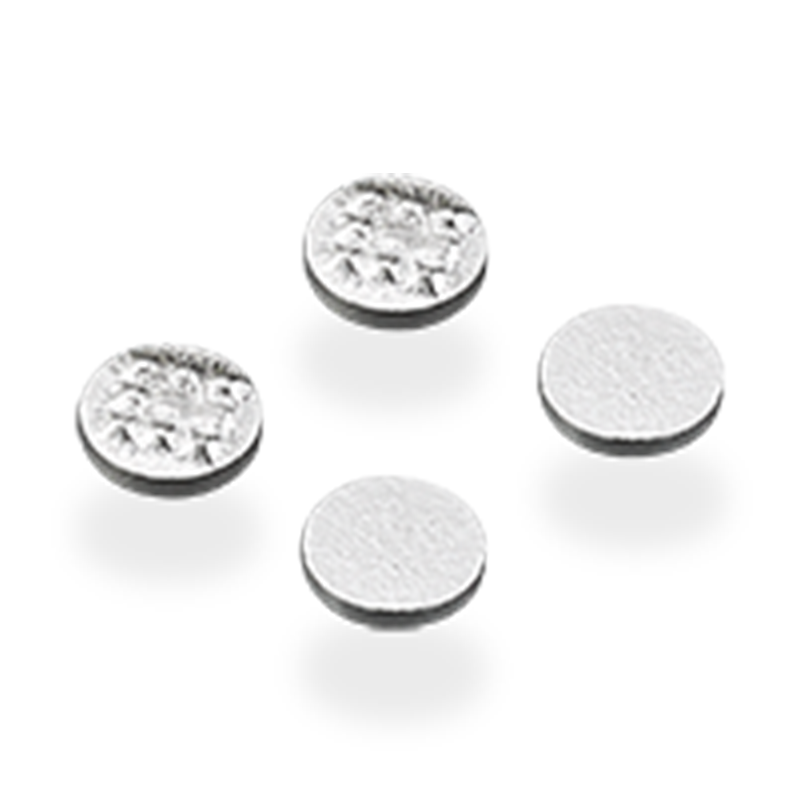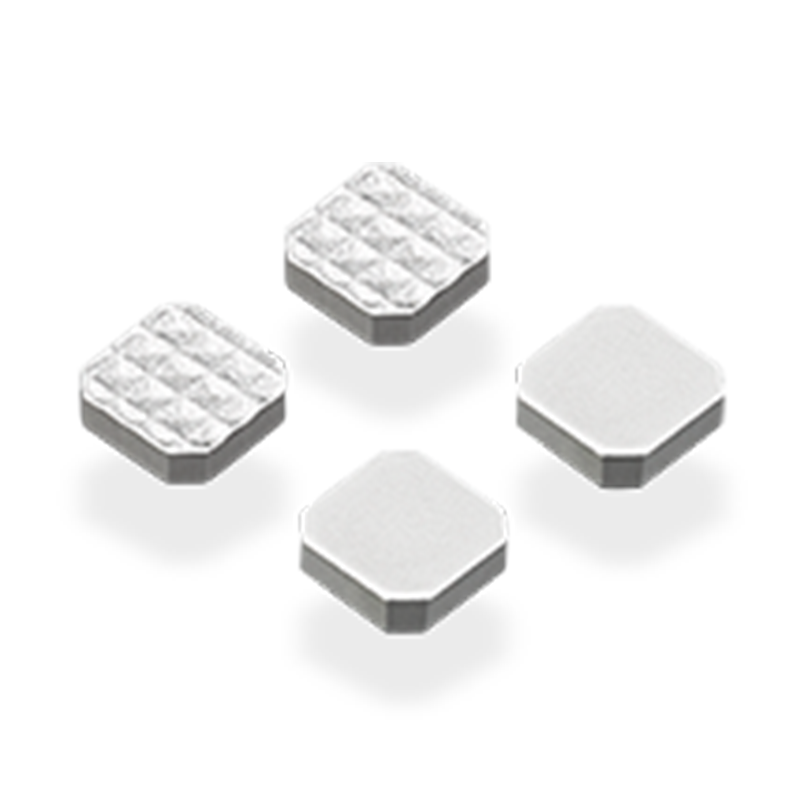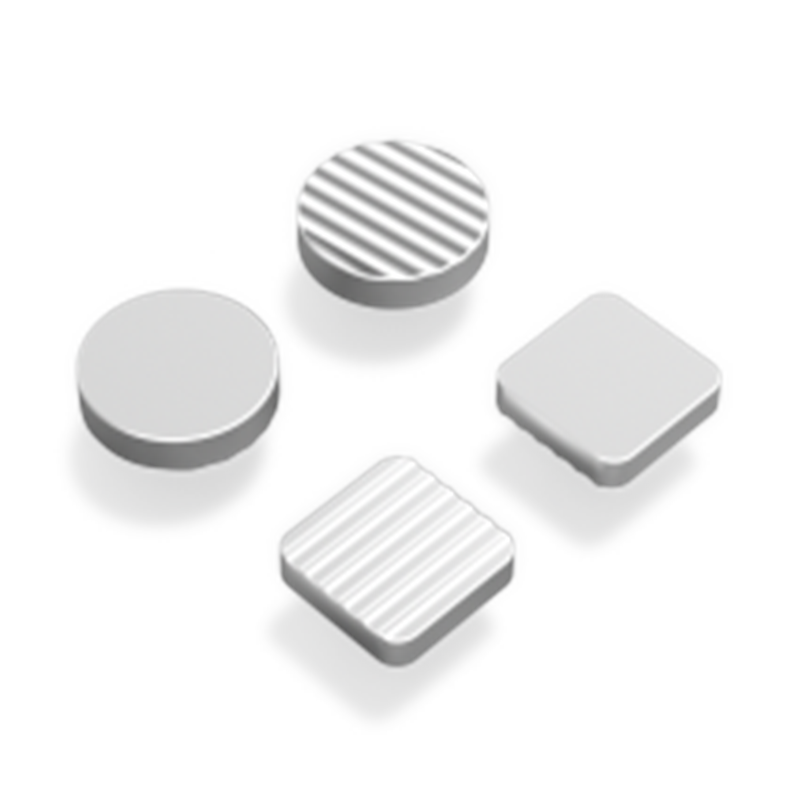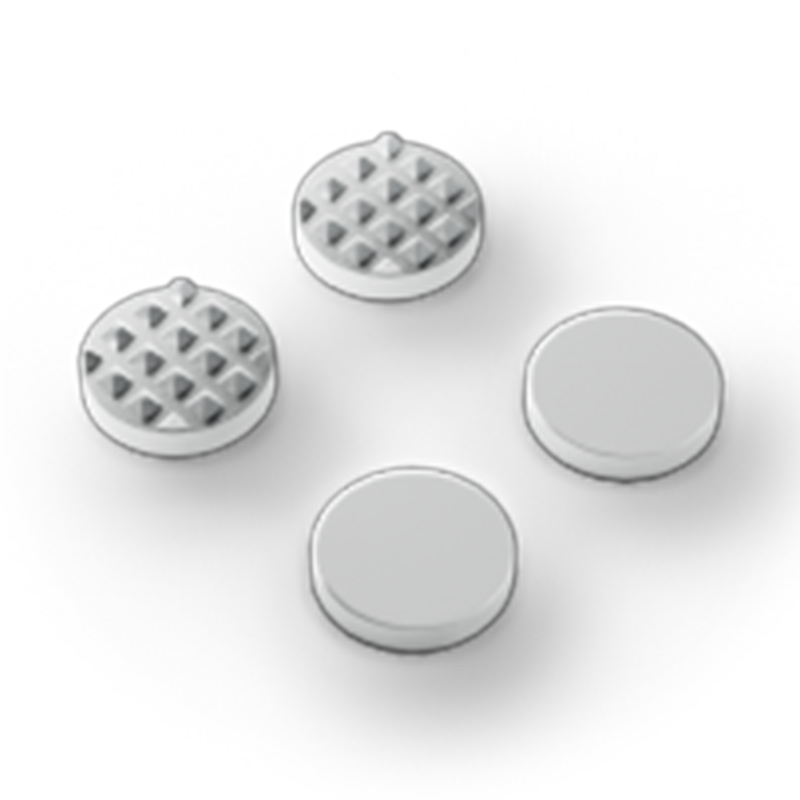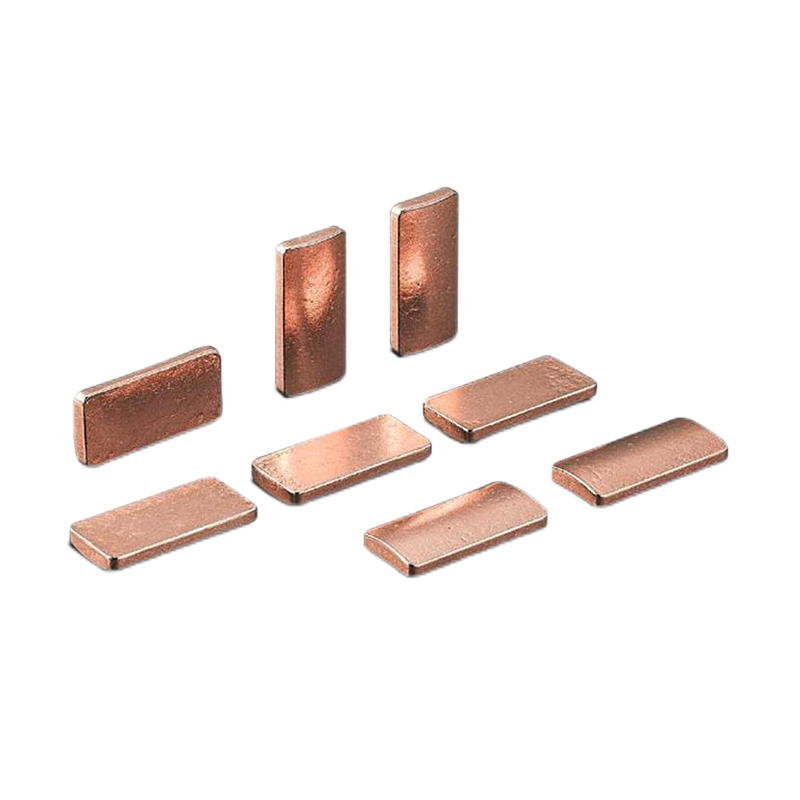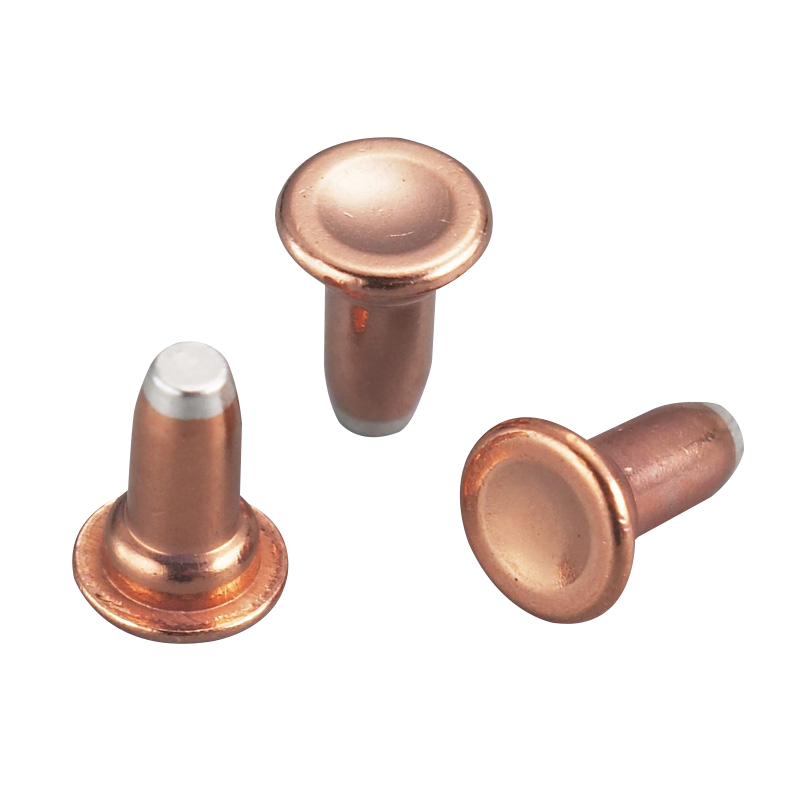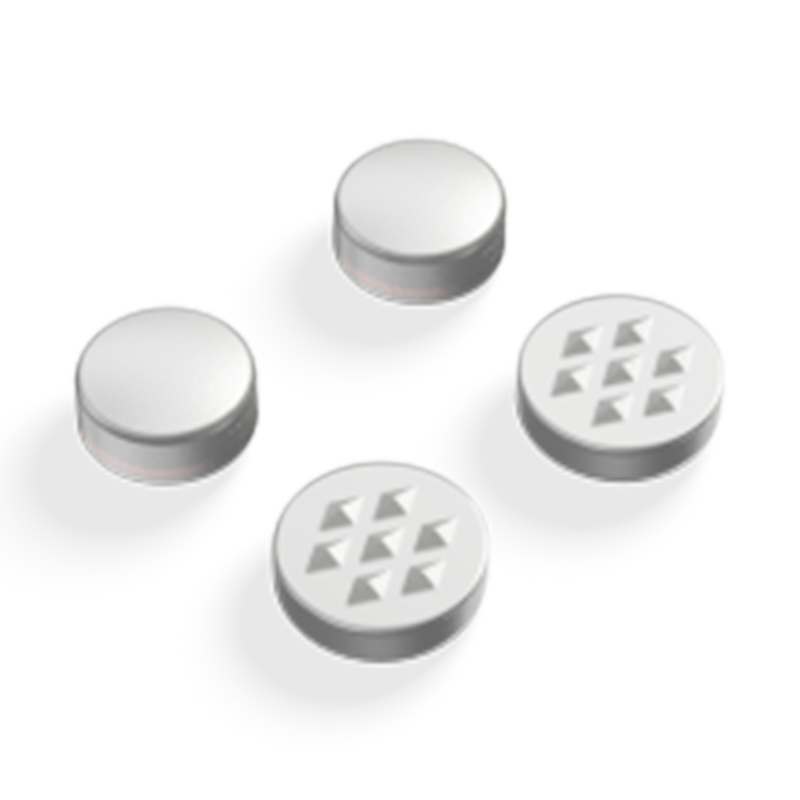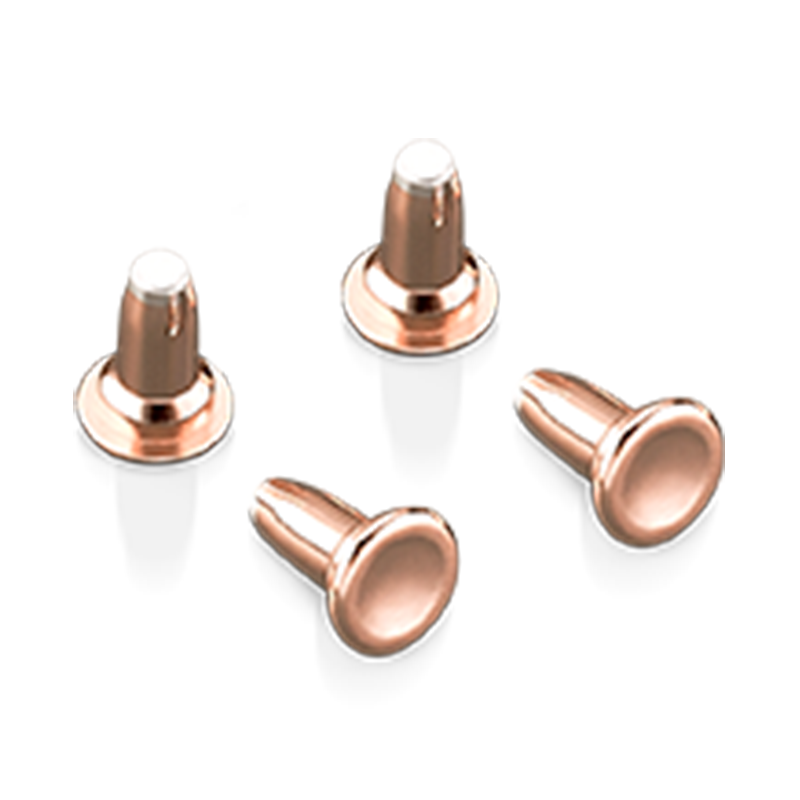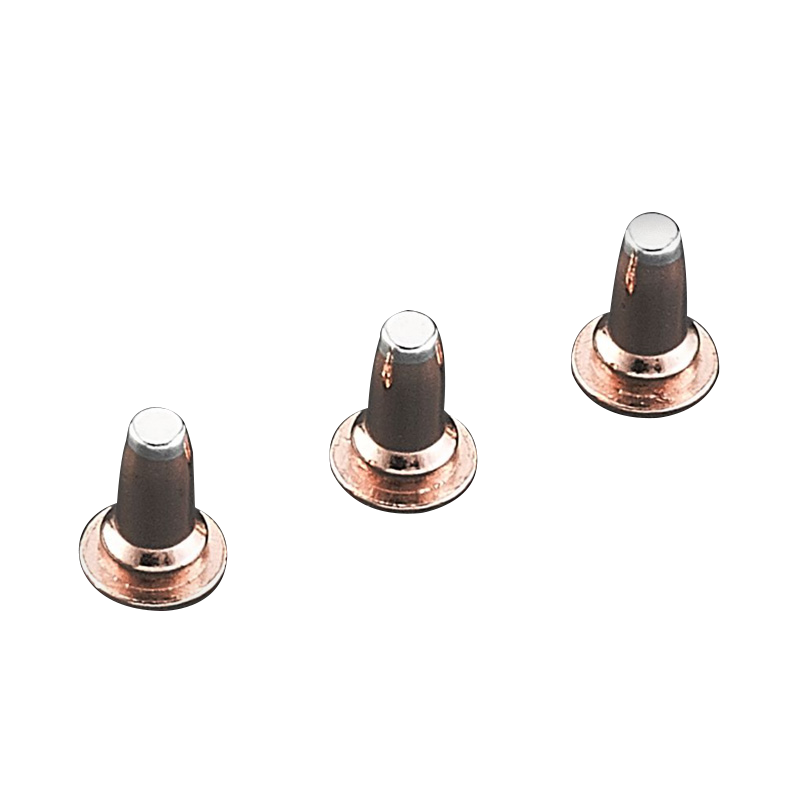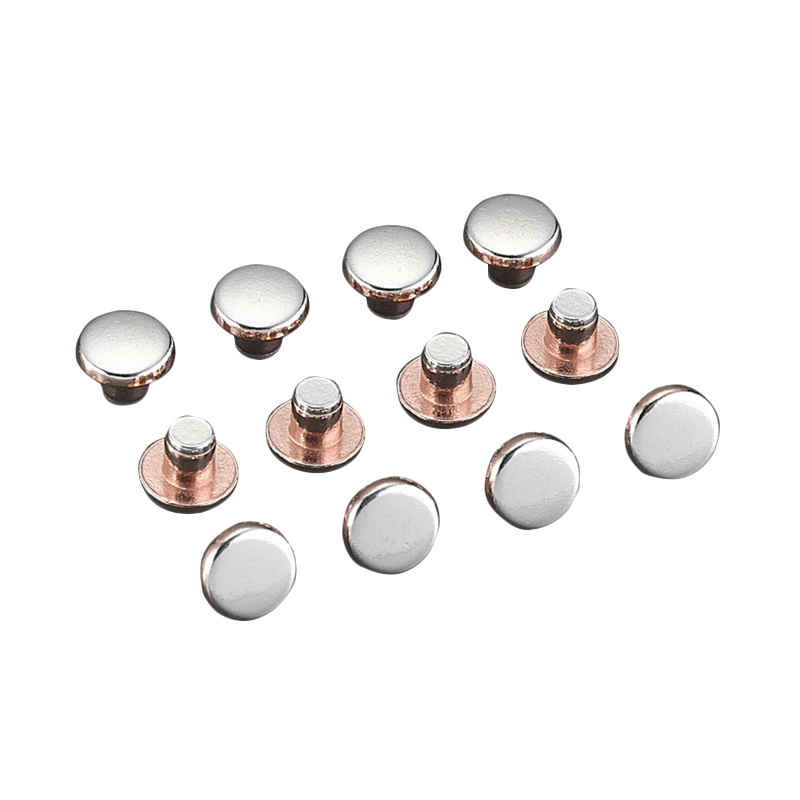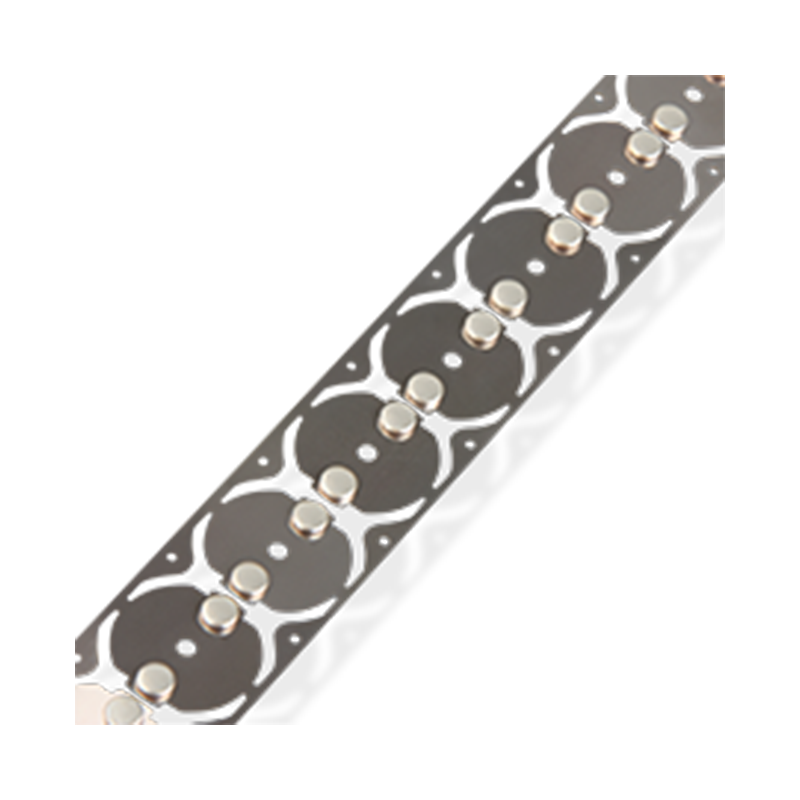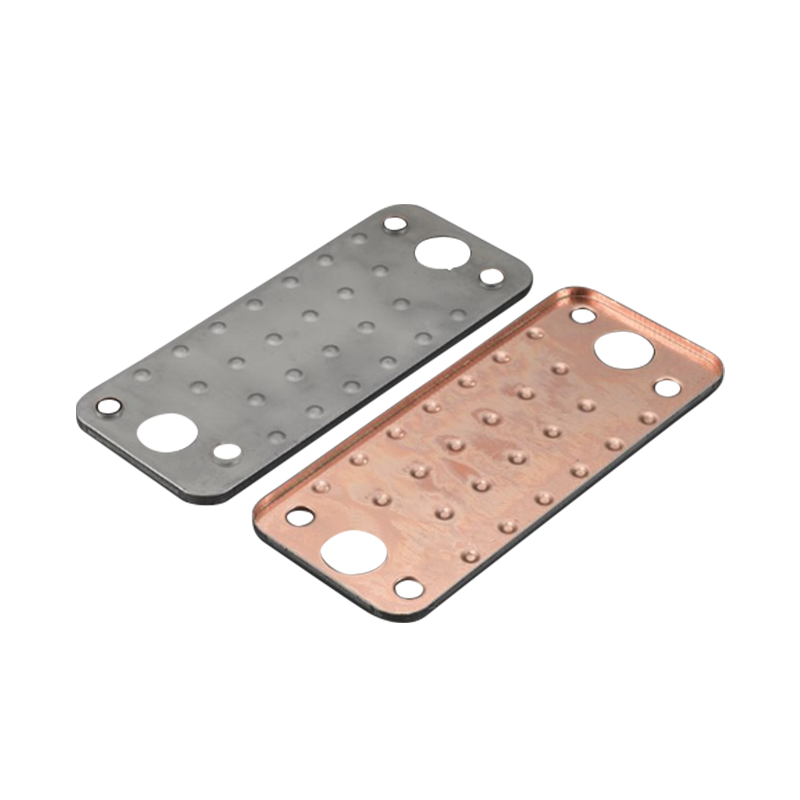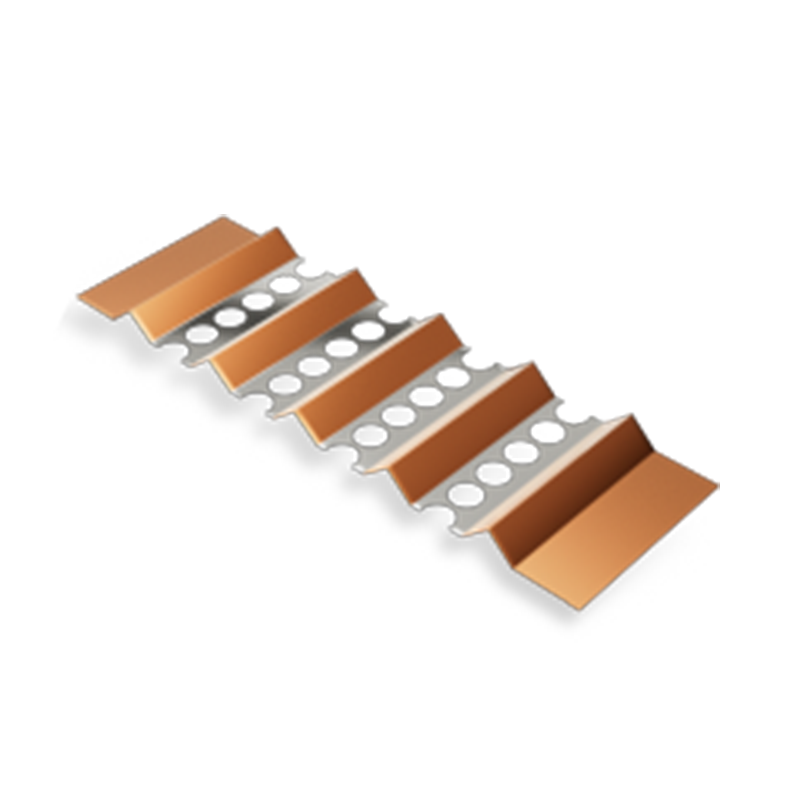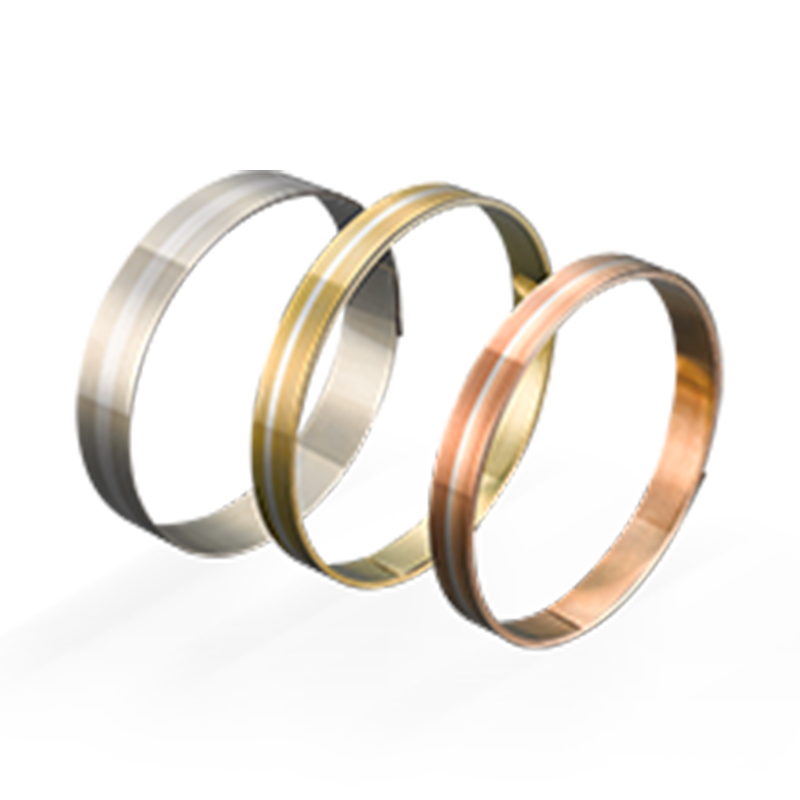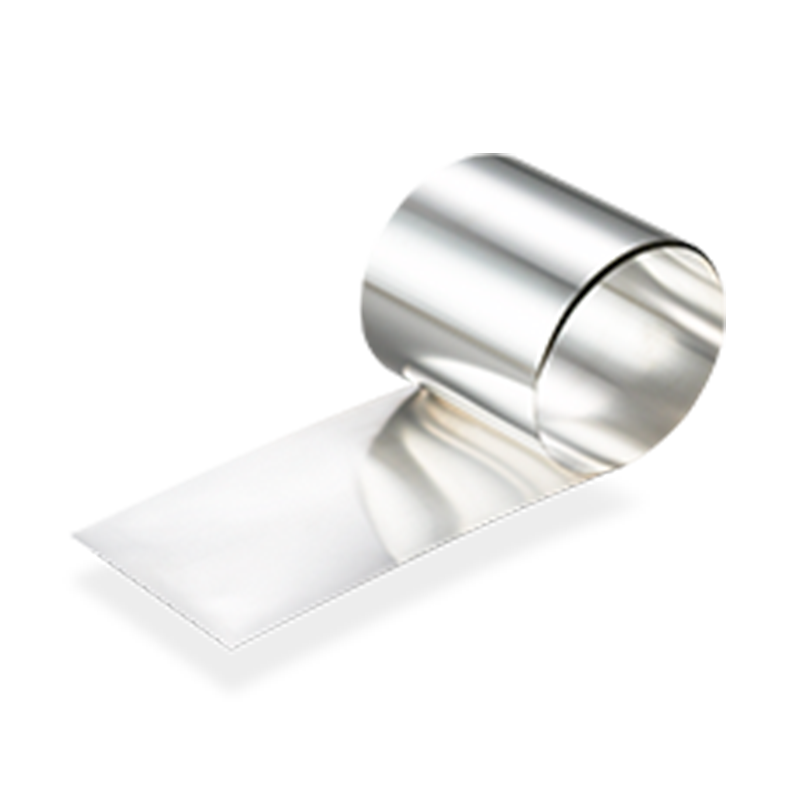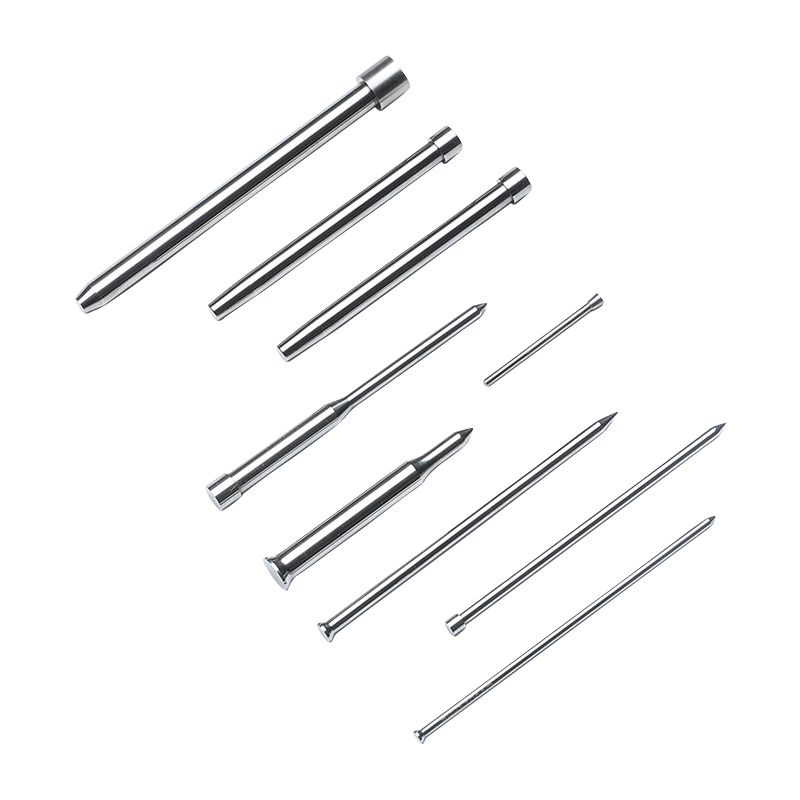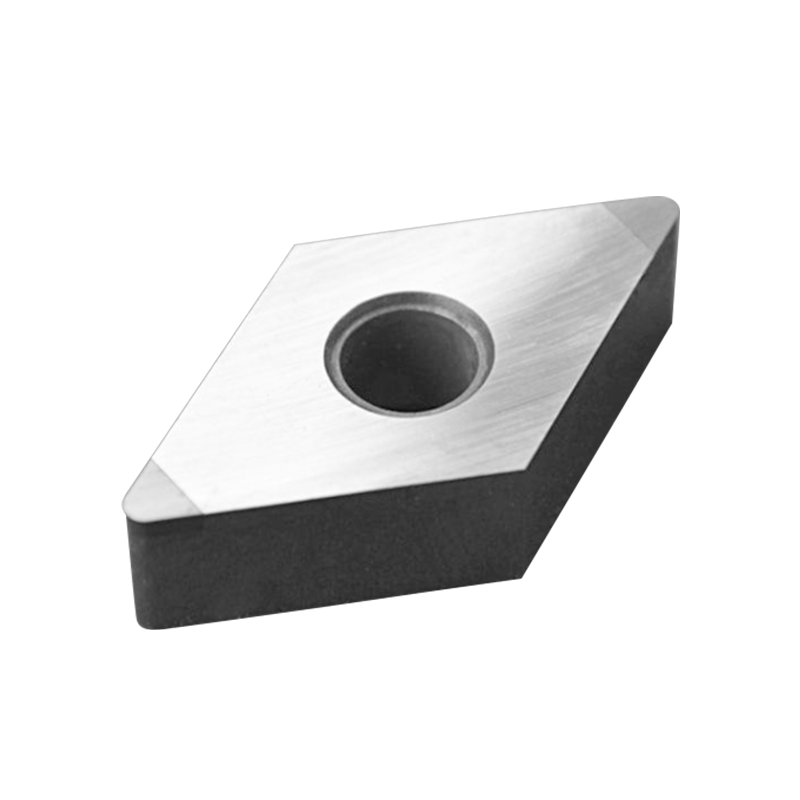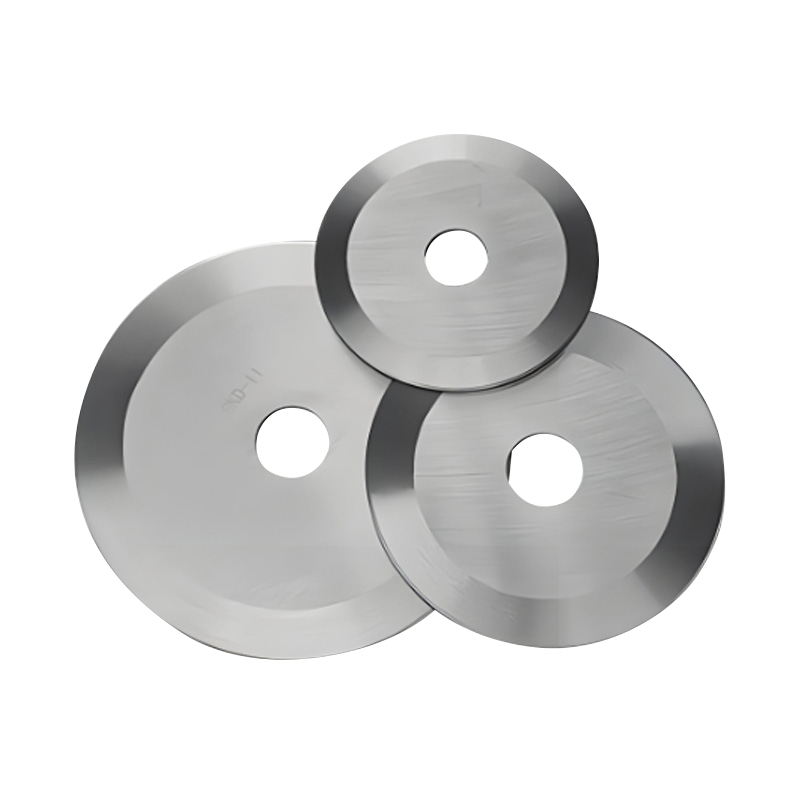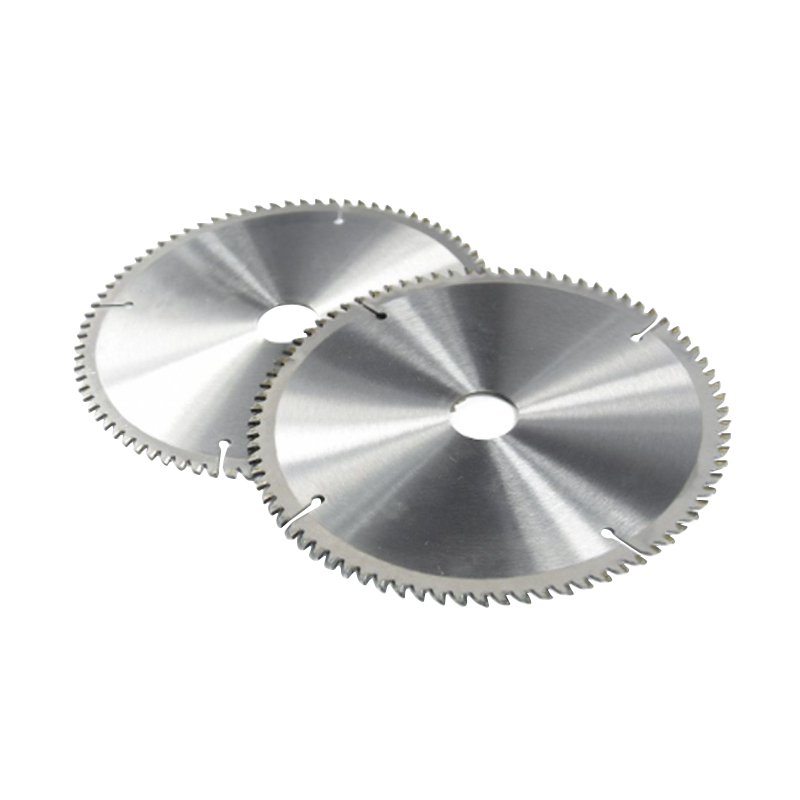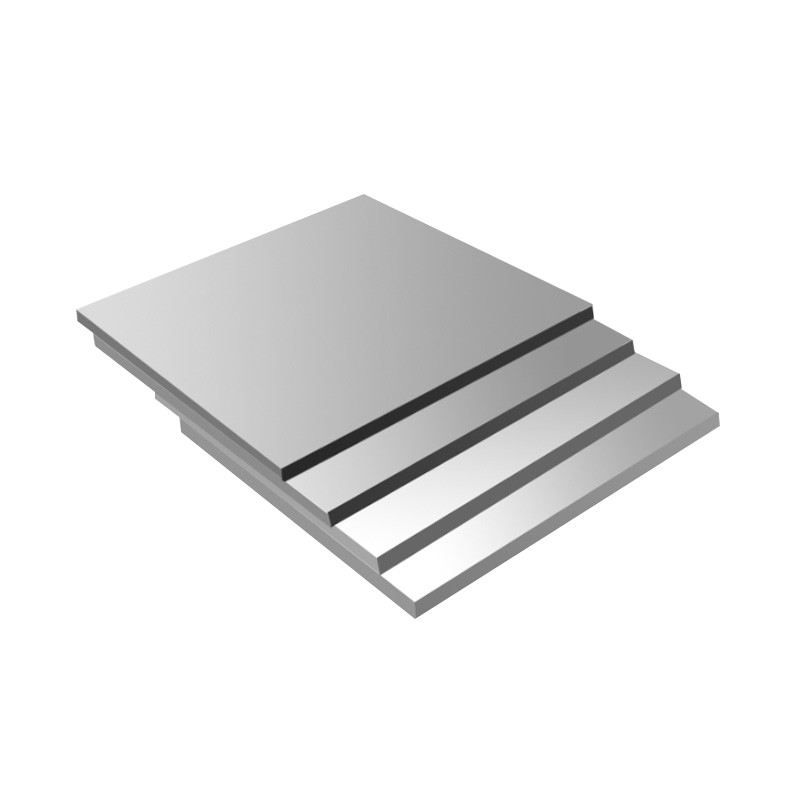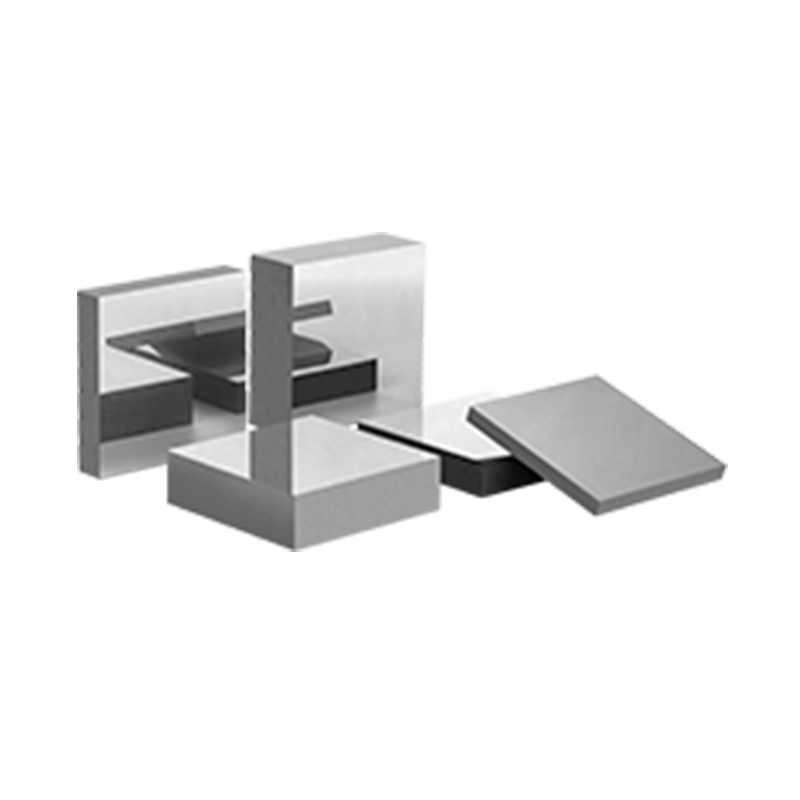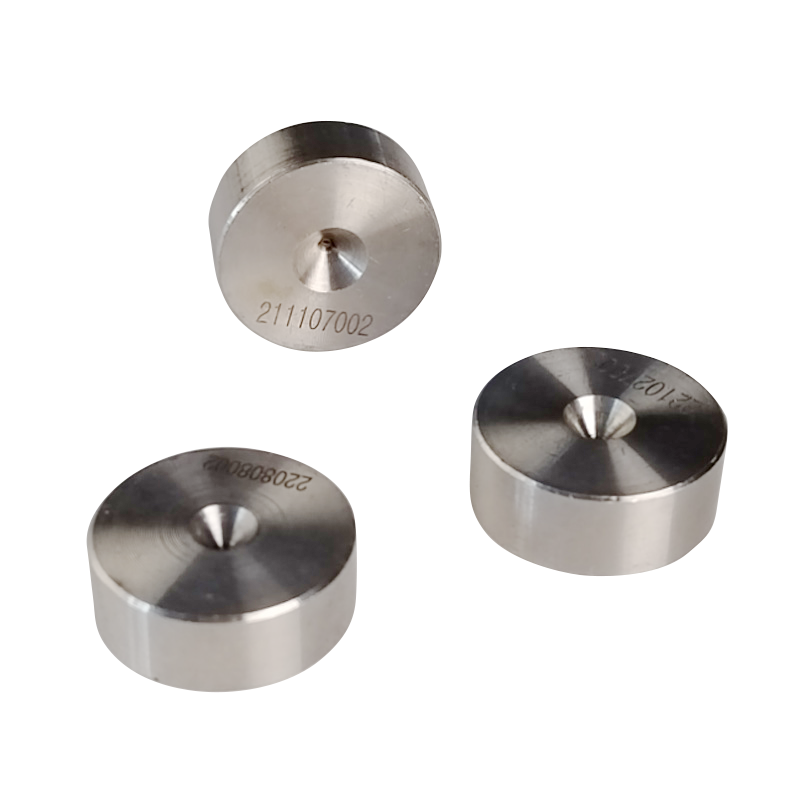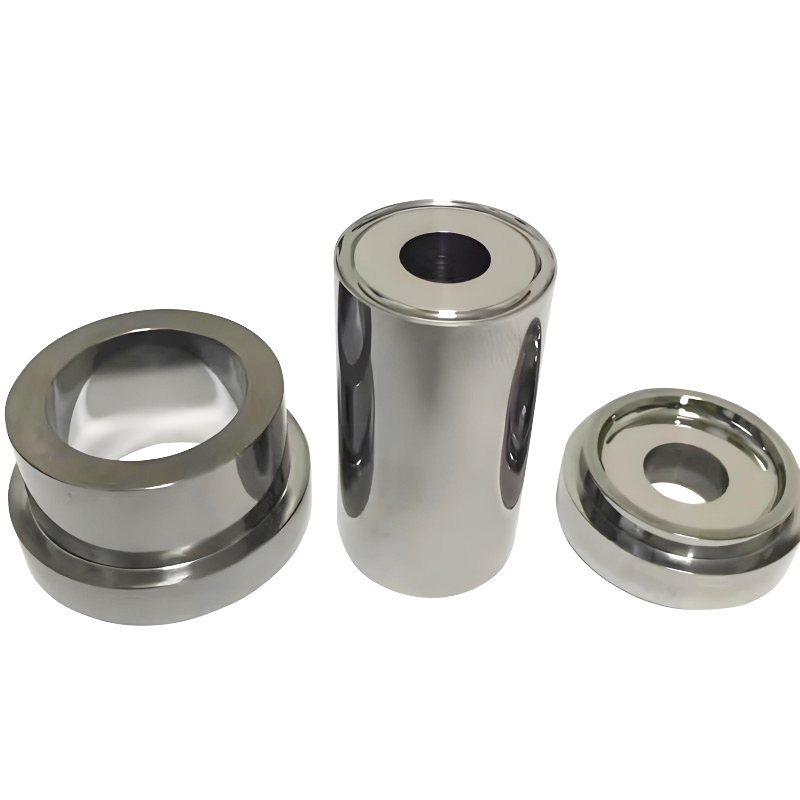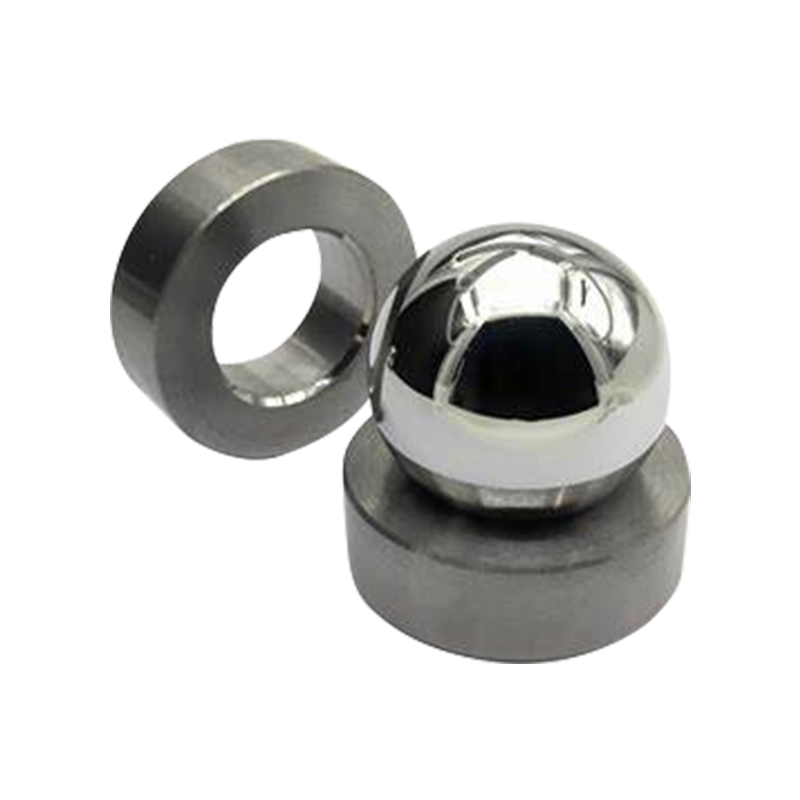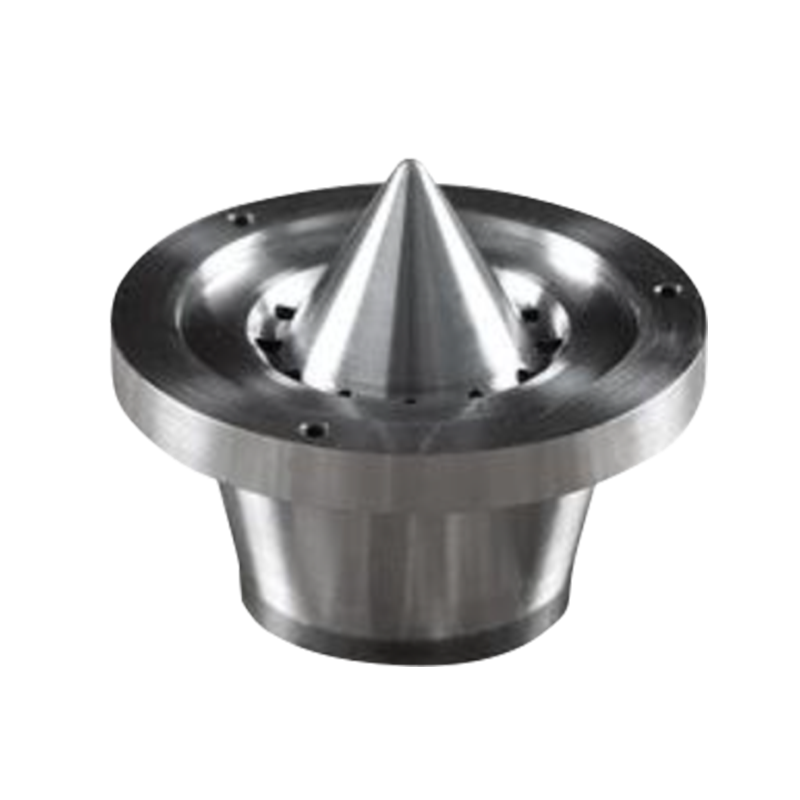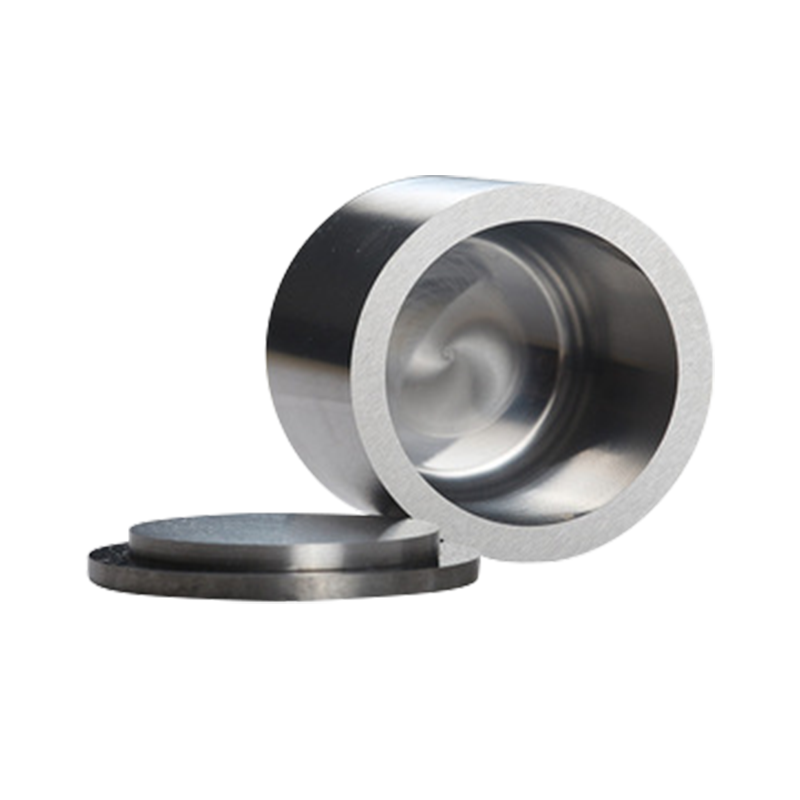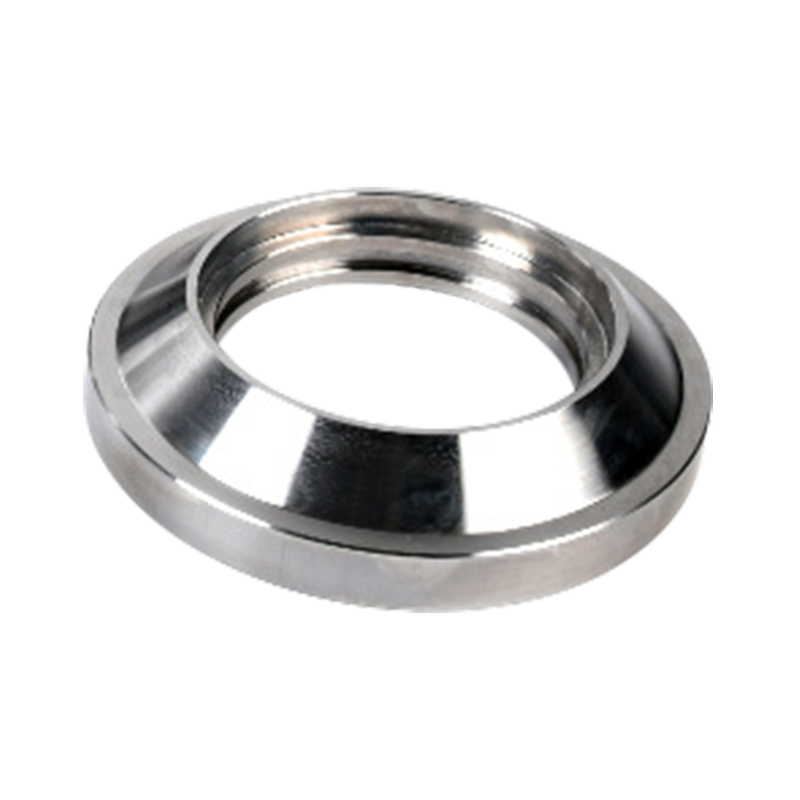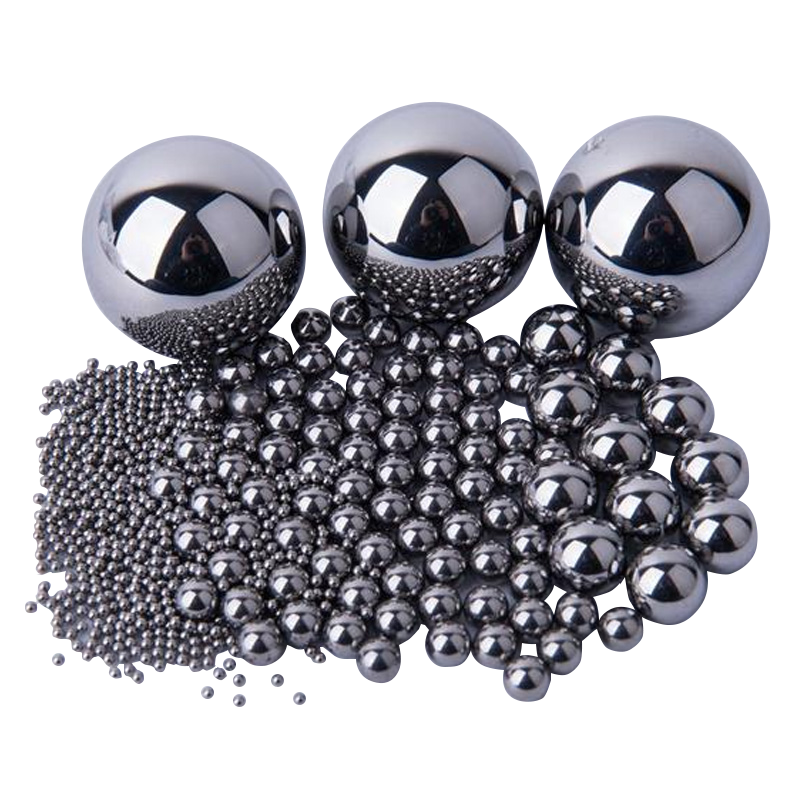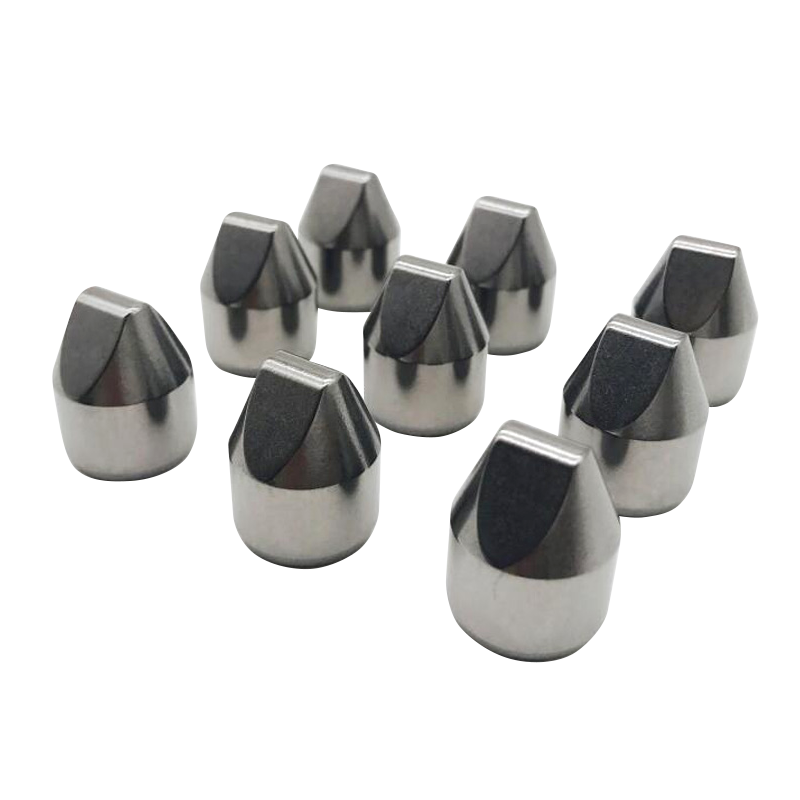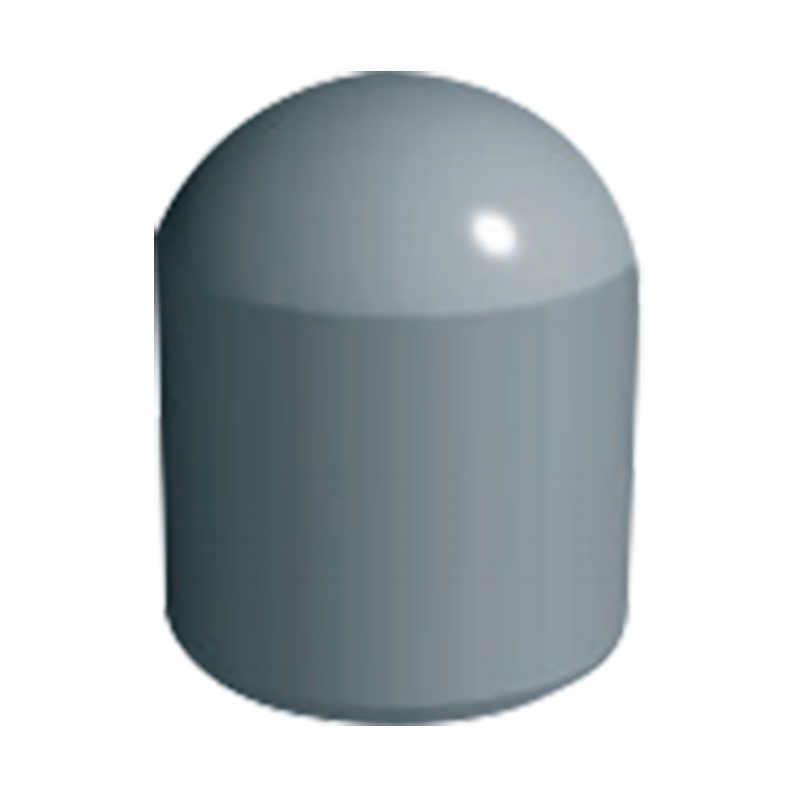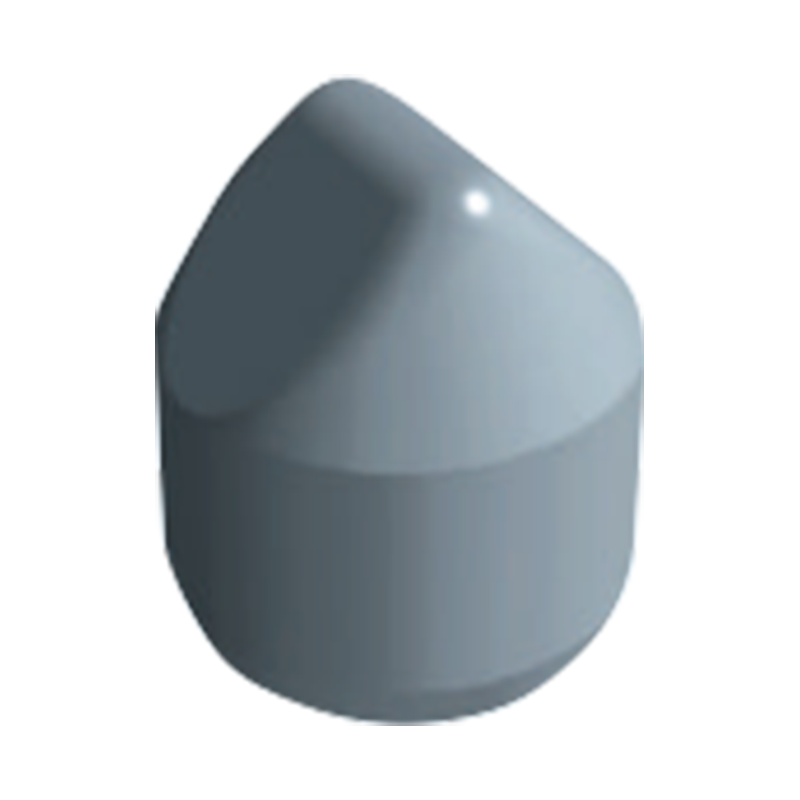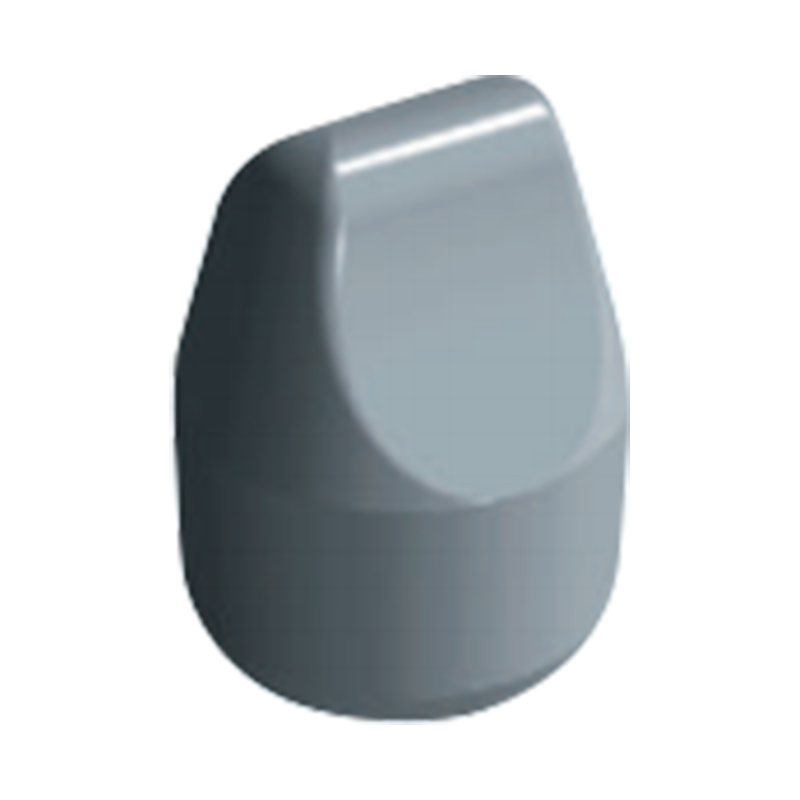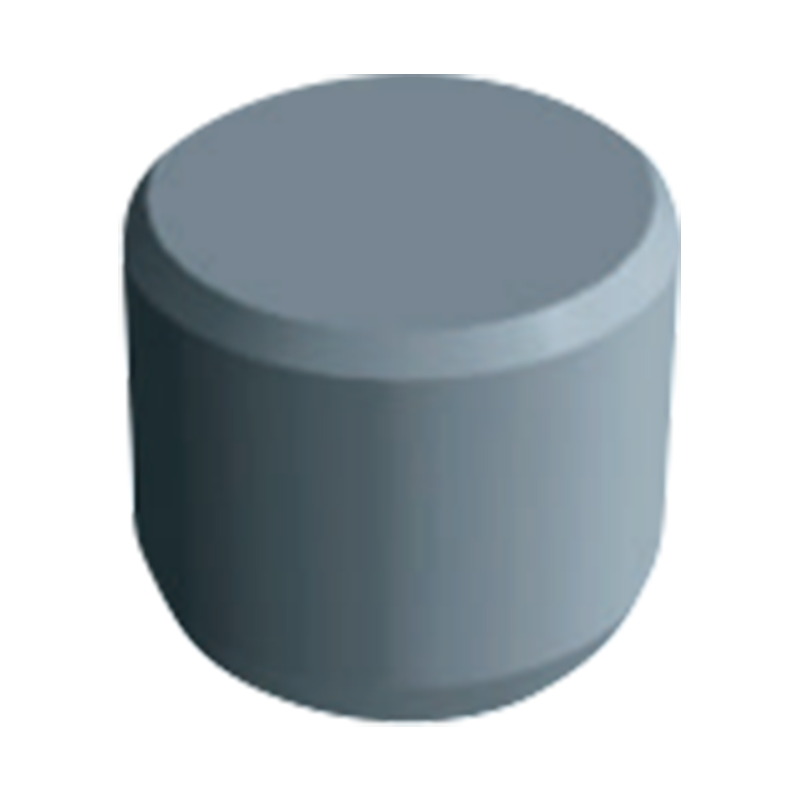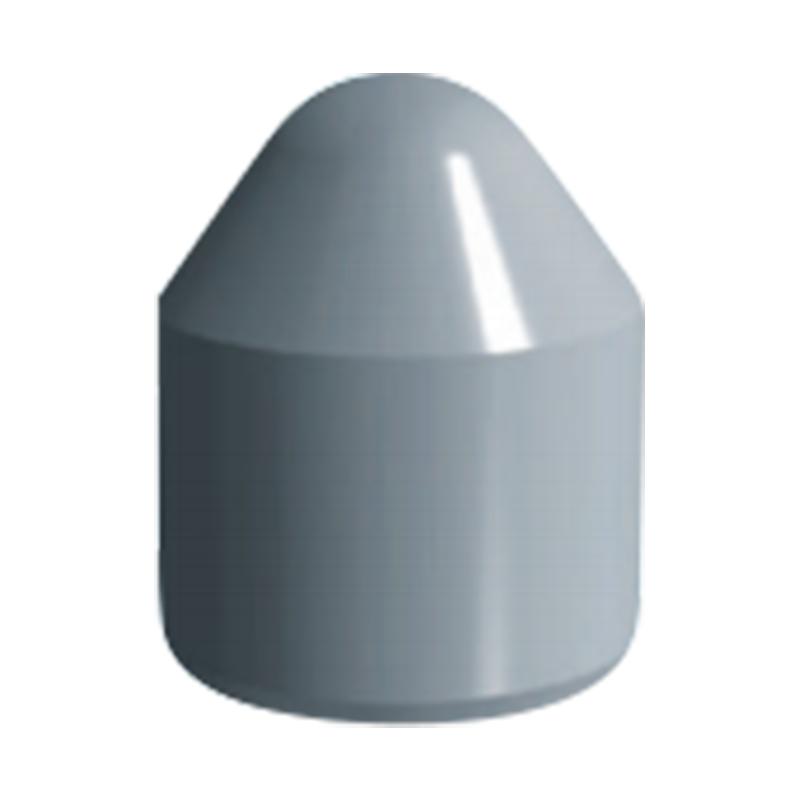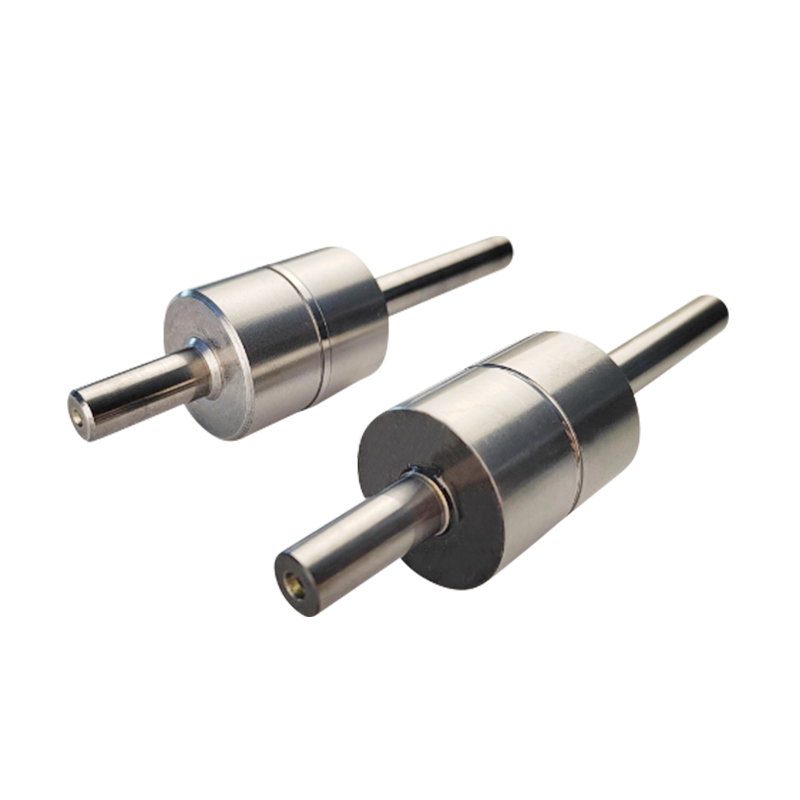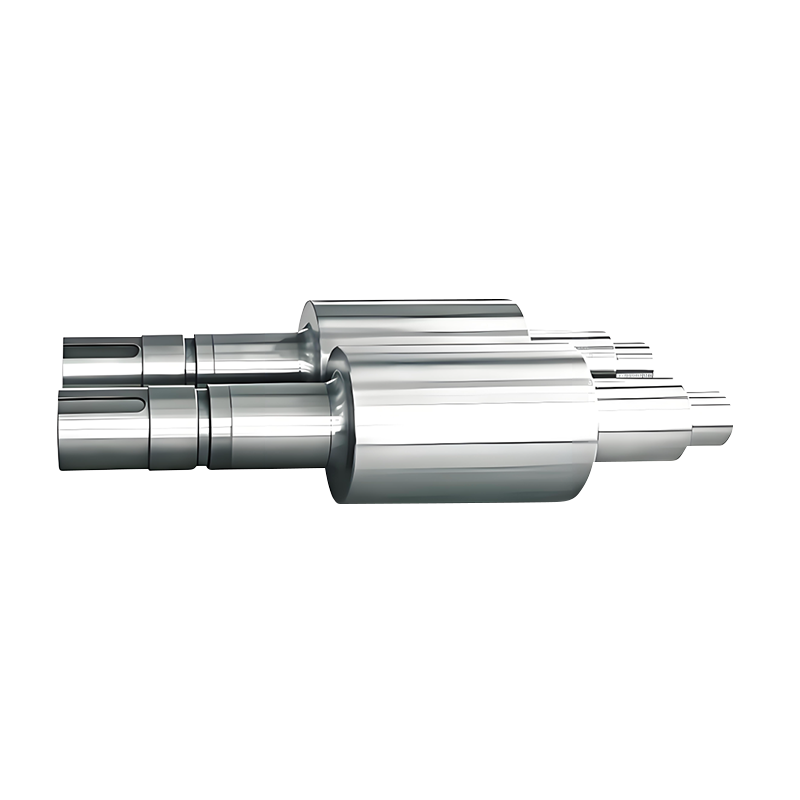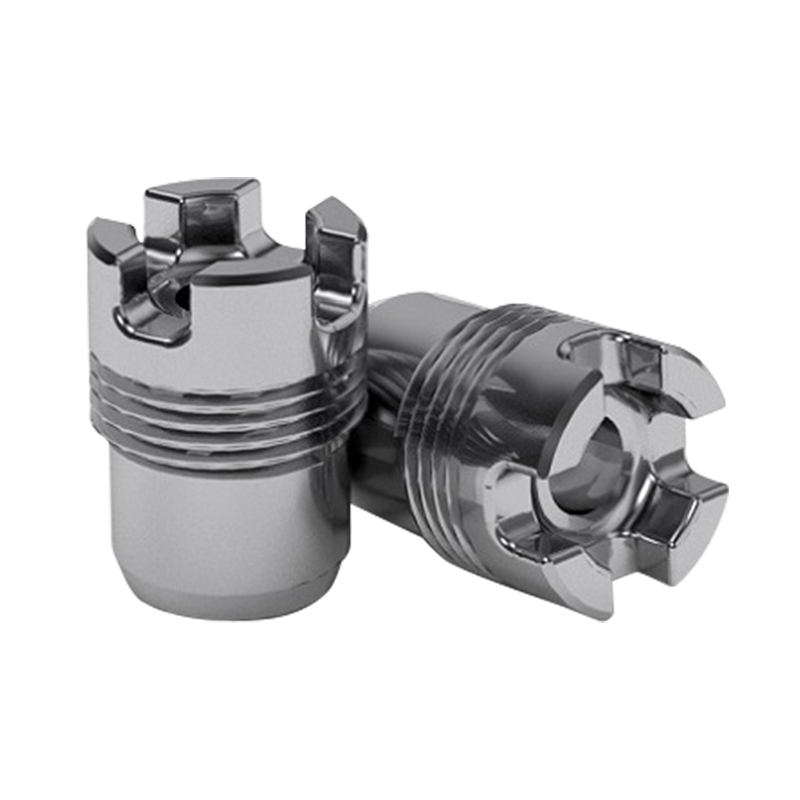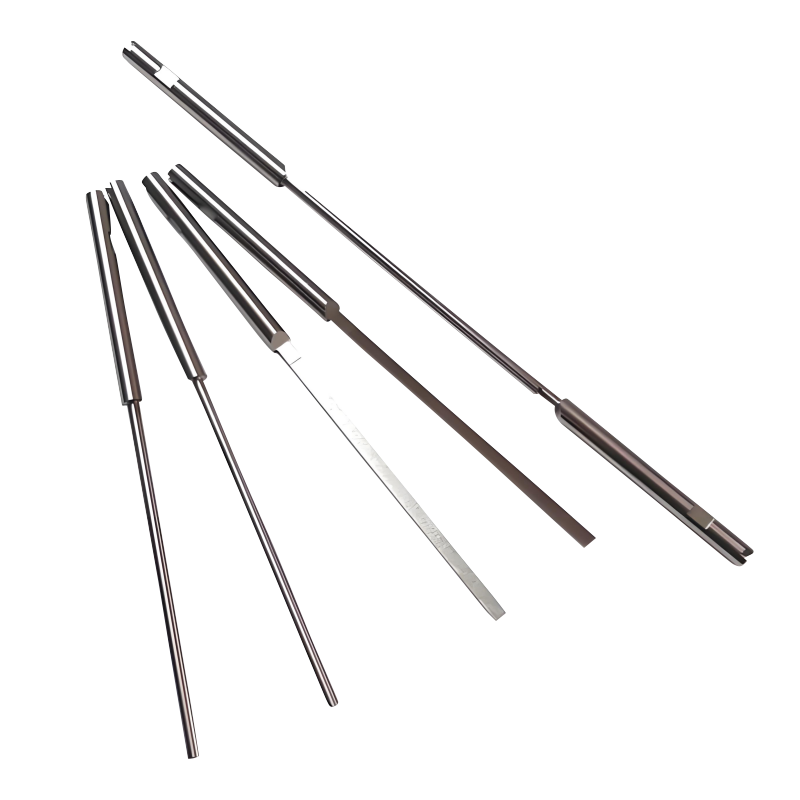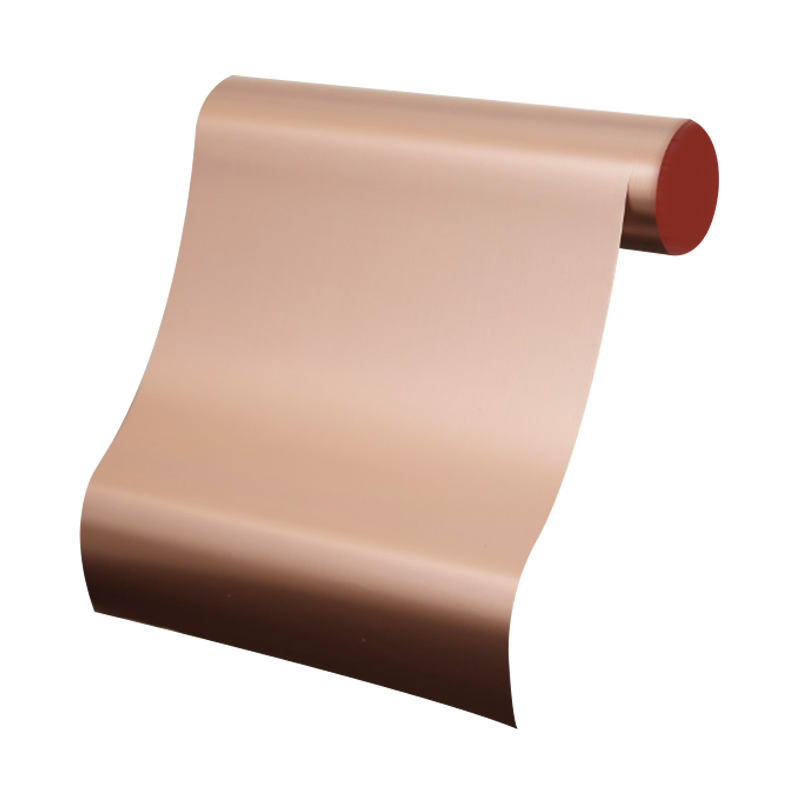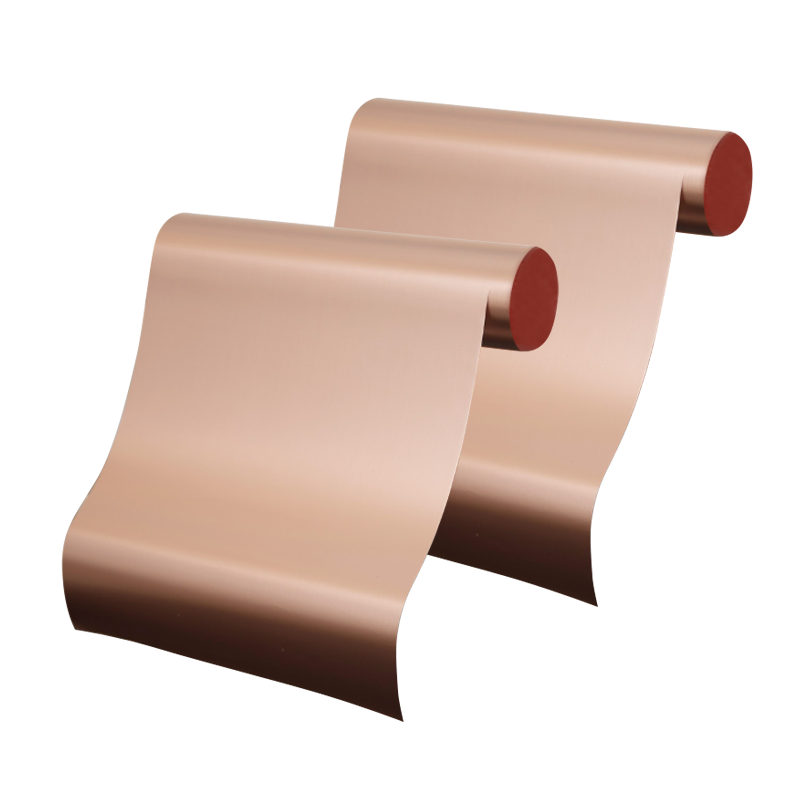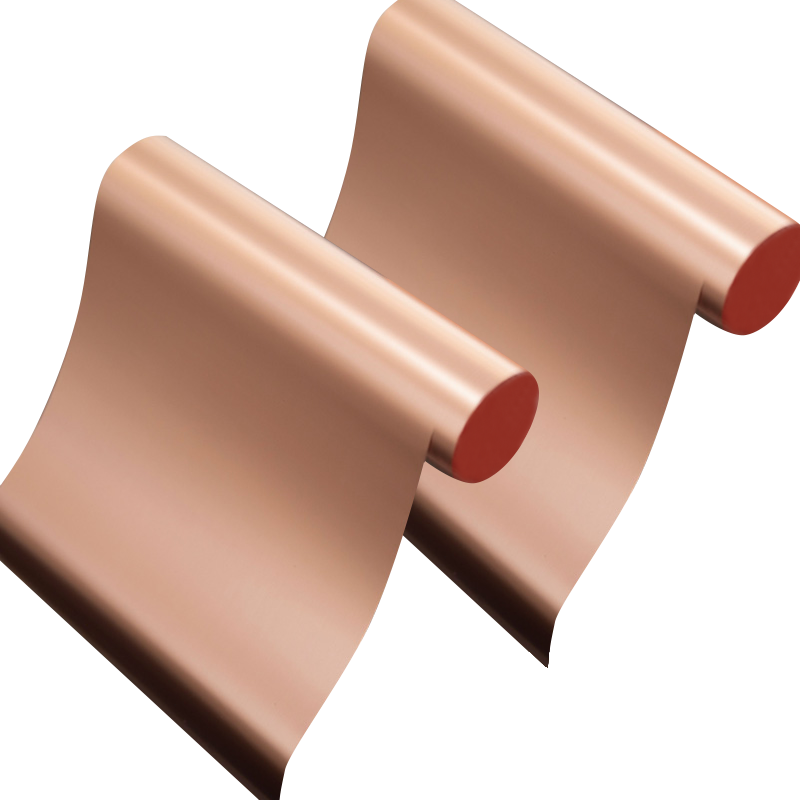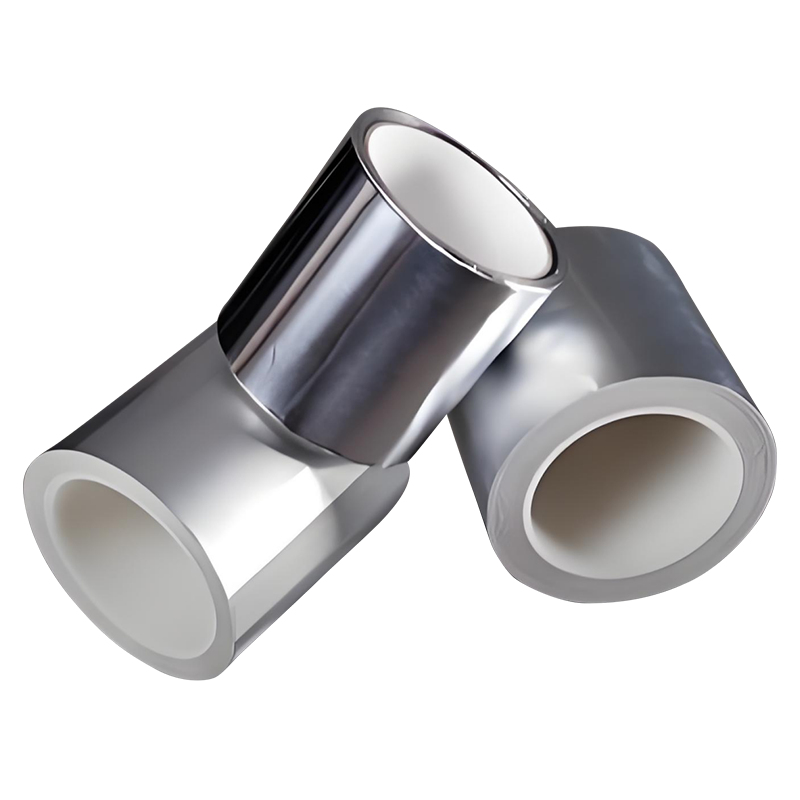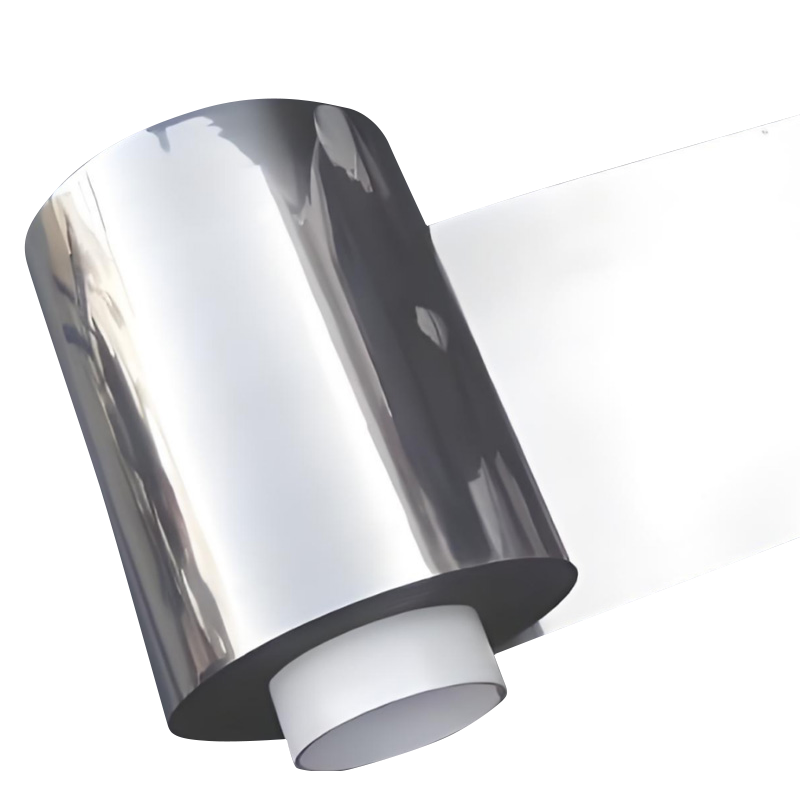If you need any help, please feel free to contact us
- Silver Alloy Electrical Contact Materials
- Copper Alloy Electrical Contact Materials
- Multi-layer Composite Materials
- Special Type Of Wire
- Thermal Bimetal Material
- Copper Steel Composite Material
- Copper Aluminum Composite Material
- Silver Copper Composite Material
- Copper Nickel Composite Material
- Aluminum Nickel Composite Material
- Aluminum Steel Composite Material
- Noble Metal Complex
Understanding the Material and Manufacturing of Carbide Disc Blades
Carbide disc blades have become a go-to solution in industries that require high-precision cutting, thanks to their exceptional hardness and wear resistance. But what exactly makes these blades so durable? The answer lies in their material composition and the meticulous manufacturing process that ensures their superior performance. From the selection of raw materials to the sintering techniques used in production, every step plays a crucial role in determining the longevity and efficiency of these cutting tools.
The Role of Cobalt and Tungsten in Carbide Blades
At the core of every carbide disc blade is a carefully engineered combination of tungsten carbide (WC) and a binder material, most commonly cobalt (Co). Tungsten carbide is responsible for the blade's extreme hardness, making it highly resistant to wear even under intense friction. However, pure tungsten carbide on its own is too brittle for practical use. This is where cobalt comes in—it acts as a binding agent that enhances the overall toughness of the blade, reducing the risk of chipping or breakage during high-speed cutting operations.
The proportion of cobalt to tungsten carbide is a critical factor in determining blade performance. A higher cobalt content increases toughness, making the blade more resistant to impact, but slightly reduces hardness. Conversely, a lower cobalt percentage results in a harder edge, which excels in continuous fine cutting but may be more prone to chipping under heavy loads. This delicate balance is adjusted depending on the specific applications of the carbide disk knife, ensuring the best performance in different cutting conditions.
How Powder Metallurgy Shapes the Durability of Carbide Blades
The manufacturing process of a carbide disc blade is a sophisticated blend of science and engineering, primarily relying on powder metallurgy. This method begins with the mixing of tungsten carbide particles with cobalt powder, creating a uniform blend that dictates the final properties of the blade. The mixture then undergoes compaction, where it is pressed into the desired shape under extreme pressure.
Sintering follows as the next crucial step, where the compacted material is heated to temperatures exceeding 1300°C. At this stage, the cobalt binder melts and bonds the tungsten carbide particles together, resulting in a dense, solid structure. The sintering process is not just about hardening the material—it also enhances the grain structure, directly impacting the blade's ability to maintain a sharp edge for extended periods. Advanced sintering techniques, such as hot isostatic pressing (HIP), further refine the material by eliminating microscopic voids, ensuring a more consistent and reliable cutting performance.
Post-sintering treatments, including precision grinding and edge honing, refine the carbide blade's sharpness and cutting geometry. In some cases, additional coatings such as titanium nitride (TiN) or titanium carbonitride (TiCN) are applied to improve resistance to oxidation and friction, extending the blade’s service life even further.
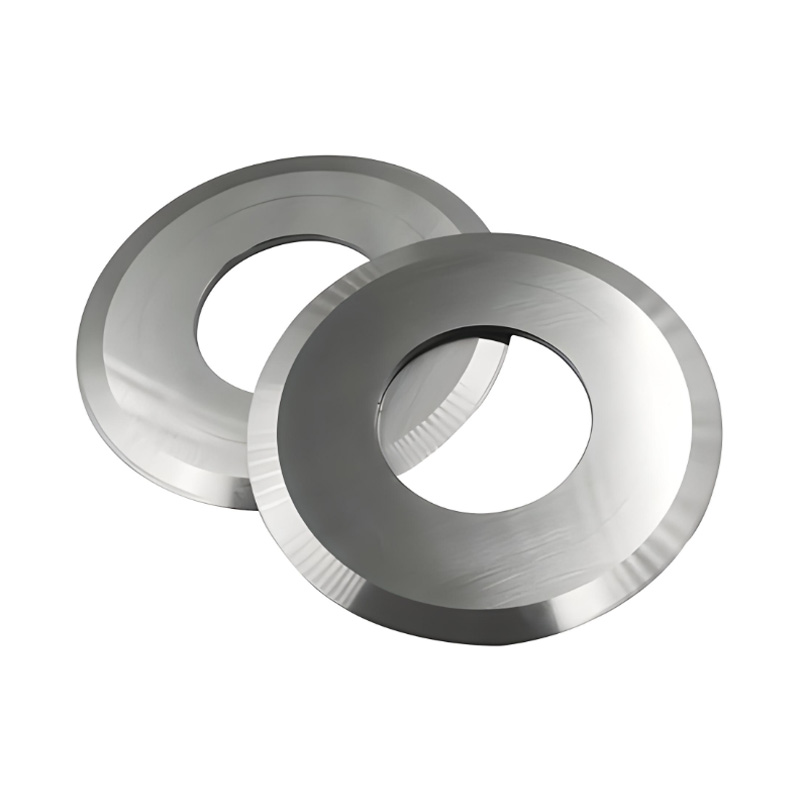
The Science Behind a Reliable Cutting Tool
Understanding the material composition and manufacturing process of carbide disc blades provides valuable insight into why they outperform conventional cutting tools. By leveraging the hardness of tungsten carbide and the toughness of cobalt, these blades achieve an optimal balance that ensures both durability and precision. Meanwhile, the meticulous powder metallurgy process guarantees a consistent microstructure that enhances performance across various industrial applications.
Whether used in metalworking, woodworking, or high-speed manufacturing, the reliability of a carbide disk knife comes down to the science behind its design. By fine-tuning the material composition and production techniques, manufacturers continue to push the limits of cutting technology, delivering blades that last longer and perform better under demanding conditions.
- Tel:
+86-18857735580 - E-mail:
[email protected]
- Add:
No. 5600, Oujin Avenue, Wenzhou Marine Economic Development Demonstration Zone, Zhejiang Province, China
Copyright © Wenzhou Hongfeng Electrical Alloy Co., Ltd. All Rights Reserved. Metal Composite Materials Manufacturers

 en
en English
English Deutsch
Deutsch
